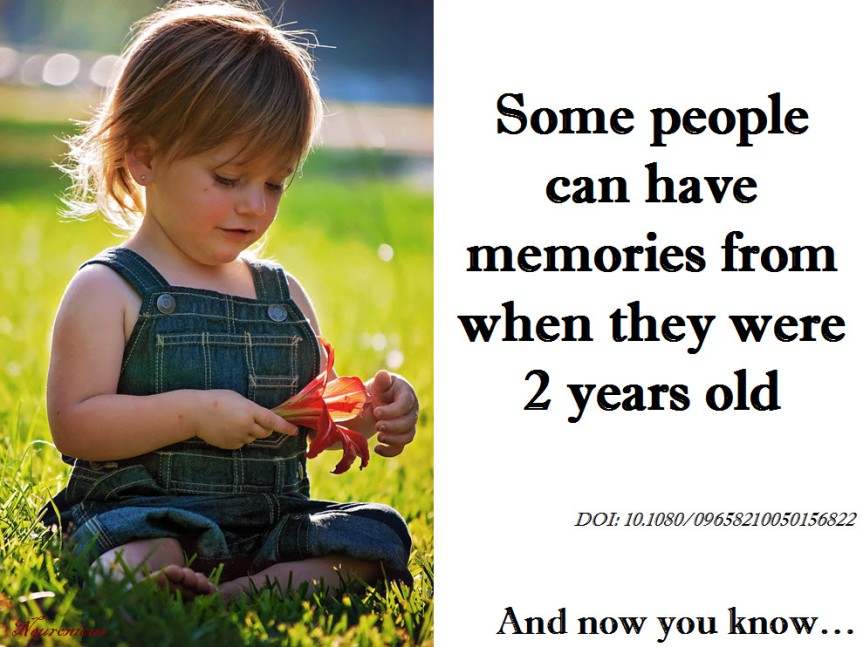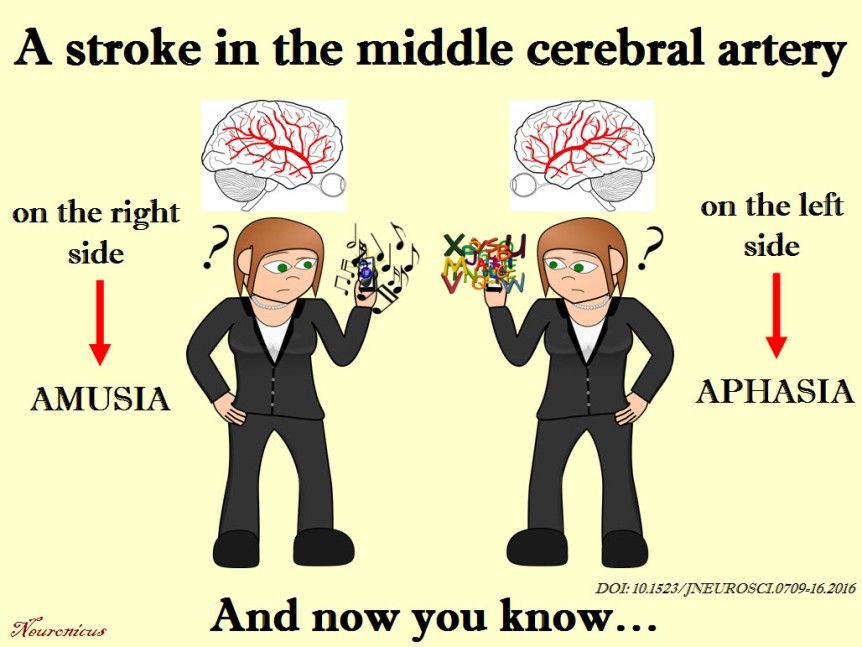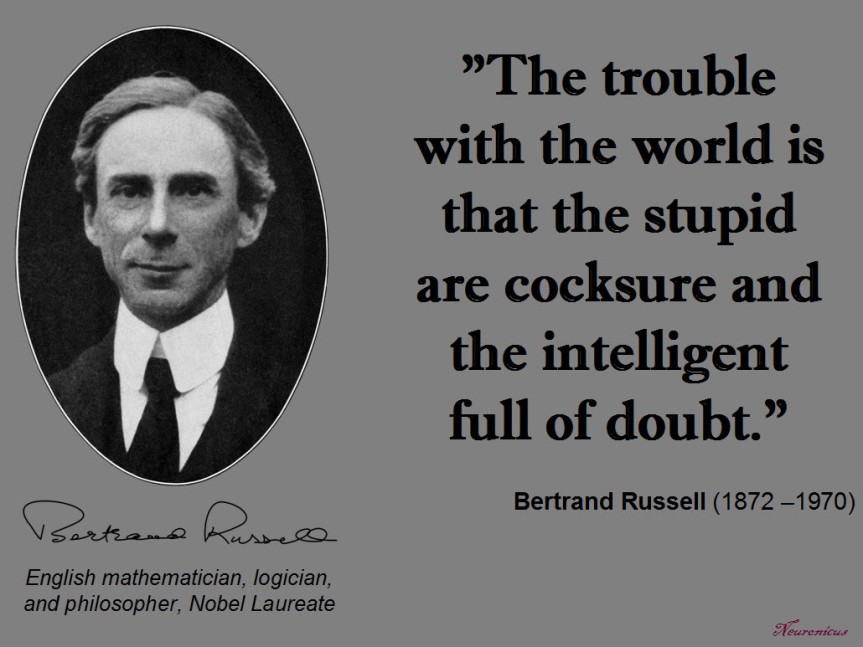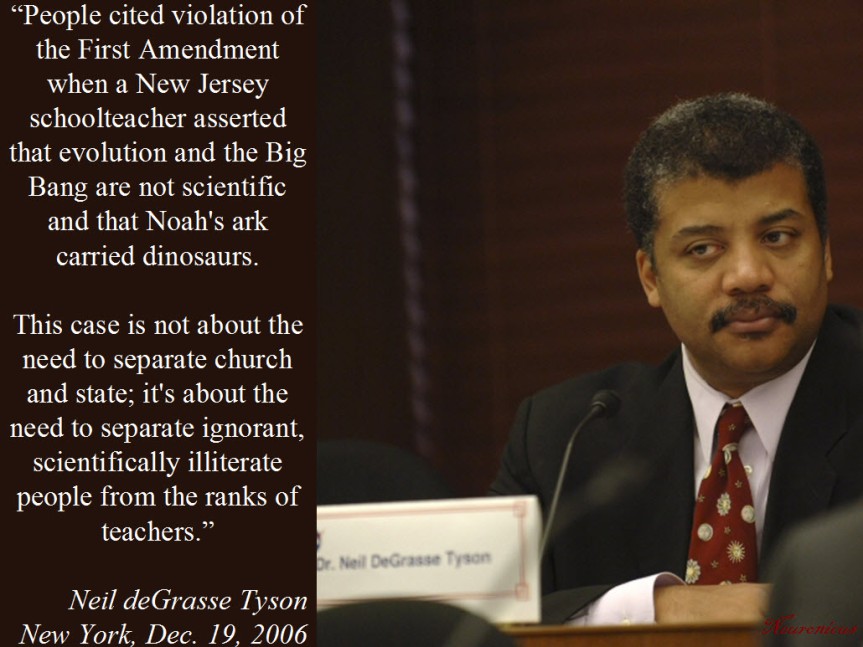I found a rather old-ish paper that attempts to settle a curiosity regarding human memory: how far back can we remember?
MacDonald et al. (2000) got 96 participants to fill a 15-minute questionnaire about their demographics and their earliest memories. The New Zealand subjects were in their early twenties, a third of Maori descent, a third of European descent and the last third of Asian descent.
The Maori had the earliest memories, some of them as early as before they turned 1 year old, though the mean was 2 years and 8 months. Next came the Europeans with the mean of 3 years and a half, followed by the Asians with the mean of 4 and 9 months. Overall, most memories seem to occur between 3 and 4 years. There was no difference in gender except for the Asian group where the females reported much later memories, around 6 years.
The subjects were also required to indicate the source of the memory as being personal recollection, family story or photographs. About 86% reported it as personal recollection. The authors argue that even without the remaining 14% the results looks the same. I personally would have left those 14% out if they really don’t make a difference, it would have made the results much neater.
There are a few caveats that one must keep in mind with this kind of studies, the questionnaire studies. One of them is the inherent veracity problem: you rely on human honesty because there is no way to check the data for truth. The fact that the memory may be true or false would not matter for this study, but whether is a personal recollection or a family story would matter. So take the results at face value. Besides, human memory is extremely easy to manipulate, therefore some participants may actually believe that they ‘remember’ an event when in fact it was learned much later from relatives. I also have very early memories and while one of them I believe was told ad nauseam by family members at every family gathering so many times that I incorporated it as actual recollection, there are a couple that I couldn’t tell you for the life of me whether I remember them truly or they too have been subjected to family re-reminiscing.
Another issue might be the very small sample sizes with sub-groups. The authors divided their participants in many subgroups (whether they spoke English first, whether they were raised mainly by the mother etc.) that some subgroups ended up having 2 or 3 members, which is not enough to make a statistical judgement. Which also leads me to multiple comparisons adjustments, which should be more visible.
So not exactly the best paper ever written. Nevertheless, it’s an interesting paper in that even if it doesn’t really establish (in my opinion) when do most people have their earliest true memories, it does point to cultural differences in individuals’ earliest recollections. The authors speculate that that may be due to the emphasis put on detailed stories about personal experiences told by the mother in the early years in some cultures (here Maori) versus a lack of these stories in other cultures (here Asian).

Reference: MacDonald S, Uesiliana K, & Hayne H. (Nov 2000). Cross-cultural and gender differences in childhood amnesia. Memory. 2000 Nov;8(6):365-76. PMID: 11145068, DOI: 10.1080/09658210050156822. ARTICLE | FULLTEXT PDF
By Neuronicus, 28 November 2016




